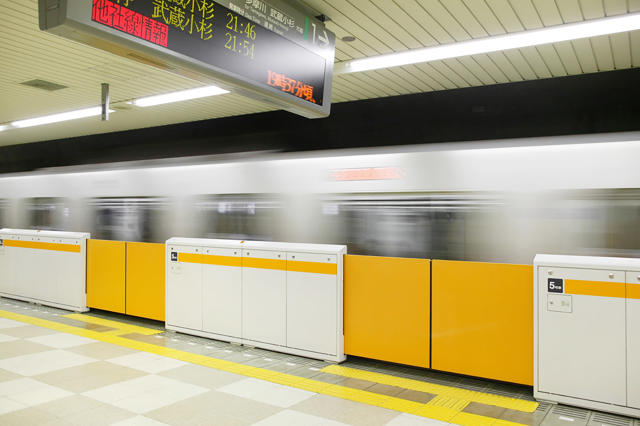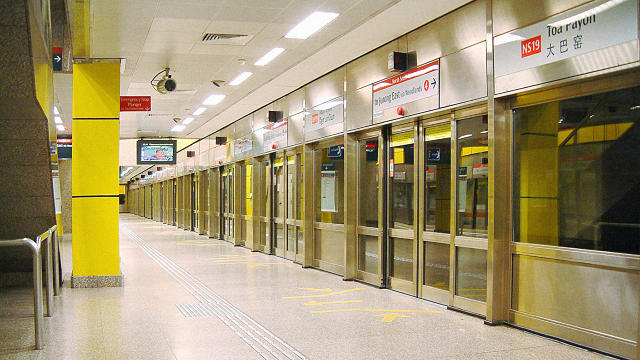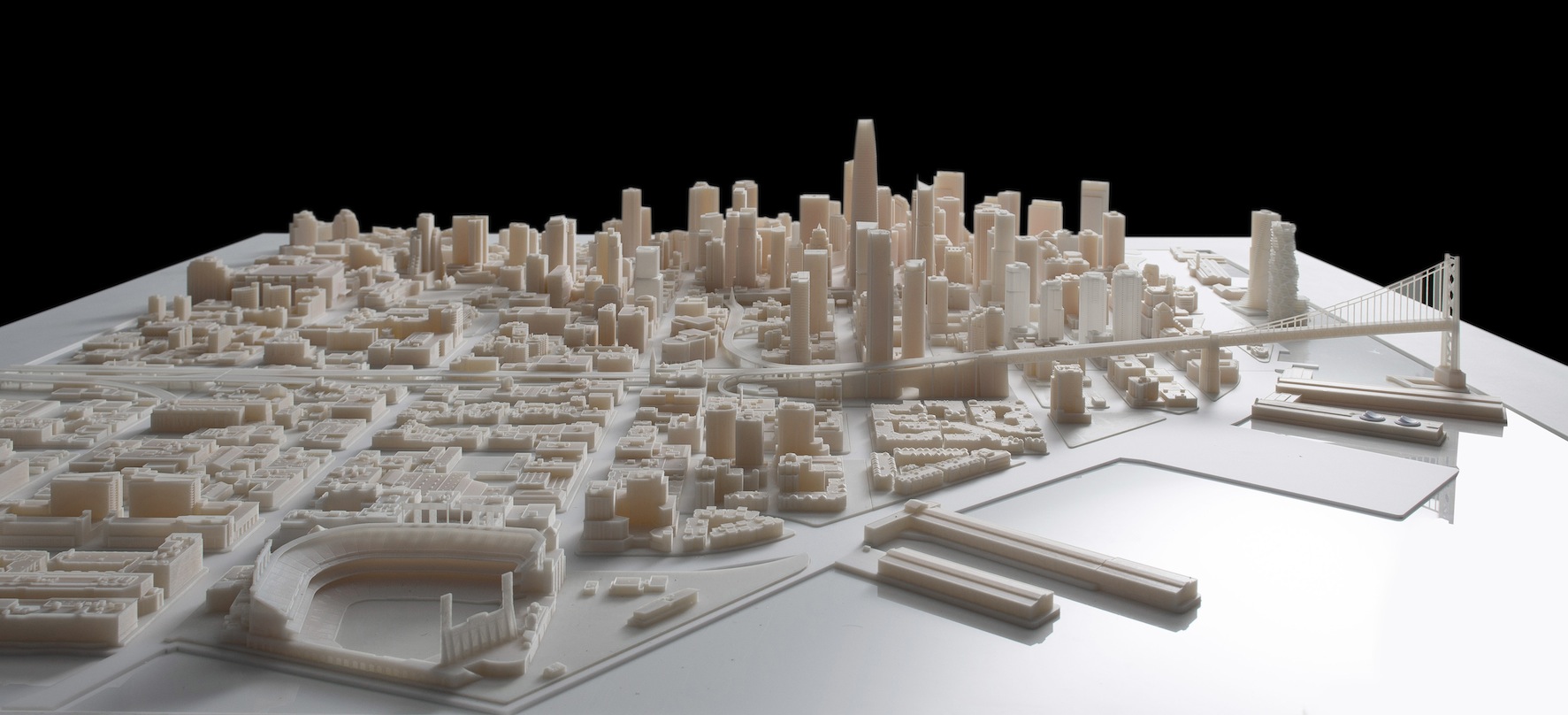Last Sunday, in an apparently random attack, an unknown assailant pushed 61-year-old New Yorker Wai Kuen Kwok in front of an oncoming subway train. This is the stuff of straphanger nightmares: New Yorkers like to think that they’re pretty tough, but the possibility that a random stranger will shove you to your death is enough to anyone shrink back from the platform edge.
In other cities, such a danger has essentially been designed out of the equation. Platform screen doors—the kind of sealed doors that are installed on most airport train platforms—are in use all over the world. These often clear doors essentially seal off the train tracks from the platform, and their doors open simultaneously with those of the subway car to allow people to board and disembark. They serve as suicide barriers, protect passengers from being jostled off the edge of dangerously crowded platforms, keep trash (and errant cell phones) off the tracks, and according to manufacturers of such systems, even make air-conditioning platforms more efficient.
St. Petersburg, Russia, first installed them in 1961. Since then, variations of the system have been put into use in metro stations in Paris, Sao Paulo, Tokyo, Seoul, and more. Toronto is currently in the midst of debating installing barriers on subway platform doors. In recommending the move, the chairman of the city’s board of health said “The global best practice in all kinds of countries around the world is to install platform edge doors—for suicide reasons, for efficiency reasons and for accident reasons and crowding reasons.”
[infobox]The MTA is piloting imaging systems that can detect a person on the tracks.[/infobox]So why not New York? Wai Kuen Kwok’s death was not a total anomaly. Between 2001 and 2012, an average of 134 people were hit by subway trains in New York annually, and 41 killed, according to New York’s transit authority, the MTA. Around a third of those are classified as suicide attempts, and others accidents, but the occasional stranger shove does happen. In December 2012, in two separate incidents, two men were shoved in front of oncoming trains by fellow straphangers. Earlier that year, in the midst of an argument, a drunken man attacked another train passenger on a subway platform, rolling both of them onto the tracks, where the 20-year-old student was subsequently fatally struck by a train.
From our partners:
Installing barriers on New York City’s subway platforms has been debated multiple times over the years (see: 2011, 2012, 2013) mainly for its role in suicide prevention.
But the barriers are expensive. Installing the barriers in just one of New York’s hundreds of stations could cost millions of dollars. In 2011, one state senator, Diane Savino, pointed out that in the grand scheme of things, only 90 passengers out of 1.6 billion riders a year falling onto the subway tracks is a pretty decent average—only .00005% of subway riders. (The Vision Zero mentality that even one fatality is too many has apparently not made it below ground.) She went on to describe the whole notion of discussing platform barriers as basically idiotic, according to WNYC: “To even contemplate this nonsense is self-evidently a waste of time, effort, energy and yes—money; money the MTA does not have,” she said.
The MTA has considered a few more reactive ways to protect fallen passengers. This year, the agency has been piloting thermal cameras, laser sensors, and other imaging systems that can detect and alert transit workers to a person on the tracks. They can’t necessarily stop people from falling or jumping onto the tracks, but they might be able to alert train drivers and first responders soon enough to save someone. According to the New York Daily News, these systems (which cost $50,000 to $500,000 per station) will be installed in stations between 2015 and 2019.
This article originally appeared in Fast Company.















